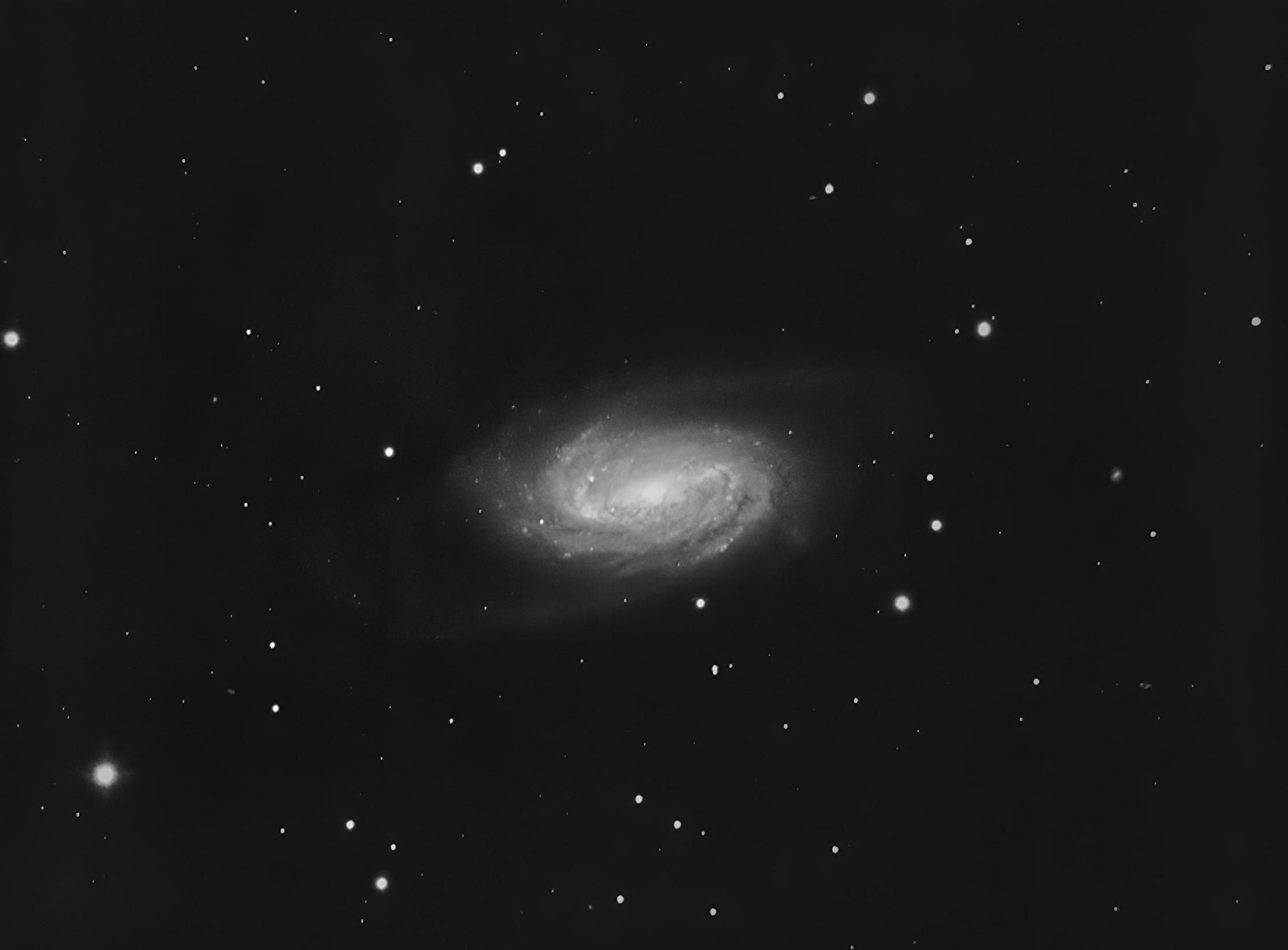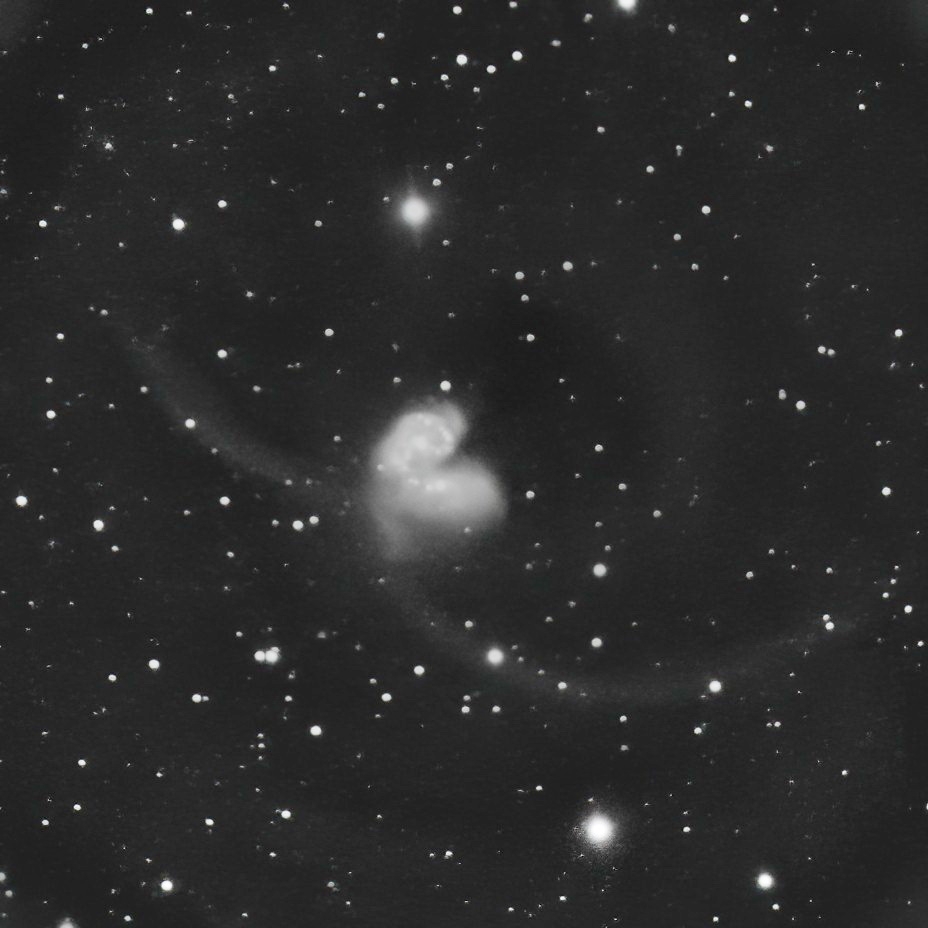Deep-Sky Imaging under heavyly light polluted skies can be a very frustrating task, but if you choose the right equipment it can be delightfull and you will get amazing images. Our customer Satoru Takagi from Japan sent us the following lines which might be a great inspiration for astronomers working under bad skies!
"...I´m using the Astronomik ProPlanet 642 BP IR-pass for a slightly different purpose than the one listed on your website.
Your unique 642BP near-infrared band pass filter has increased the potential for astronomers living in large cities. This is especially true because we are currently trying to minimize travel due to the pandemic.
I use it for galaxy imaging: The reason is that while suppressing the severe light pollution in Tokyo, the effects of seeing are also suppressed at the same time to obtain a sharp, high-contrast image.
As you know, imaging galaxies is quite difficult with the H-alpha narrow band filter, even if it has a high light pollution control effect. In addition, the narrow band filter, which has been popular in recent years and transmits both H-alpha and O-III, is not very effective at suppressing super light pollution, especially due to light pollution in the O-III band."
Working with the Lucky-Imaging strategy does mean: Take a huge mass of images with short exposure time. Skip the Guiding-Camera, the precission of the normal tracking will be fine. Don´t think about focal drift due to changing temperatures, you may re-focus whenever you want. Don´t think about satellites or airplanes crossing your FOV: You will just skip that image at processing. -You just lost some few seconds of the total exposure time.
Two example Images:

The first image is NGC2903 taken with C11, Astronomik ProPlanet 642 BP IR-pass and ASI1600MM-C.
It was created by short exposure and mass stacking similar to lucky imaging of the planet. It is the result of stacking 10sec x 720frames by SharpCap's LiveStack.

The second image shows the Antennae Galaxies (NGC4038/NGC4039). I used a C11, Astronomik ProPlanet 642 BP, Starizona's 0.4x reducer and ASI1600MM-C.
The mount used for this imaging is not an equatorial mount but an automatic tracking Alt-Az mount (Nexstar).
Exposure of 10 seconds per frame, 728 frames were stacked by SharpCapPro's LiveStack.

 Deutsch
Deutsch English
English

